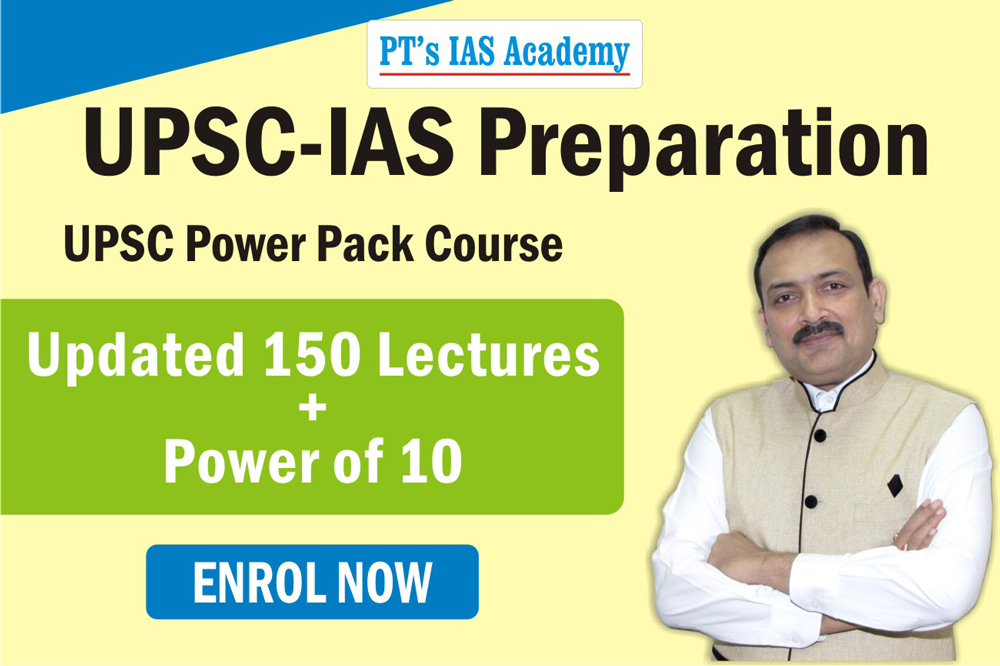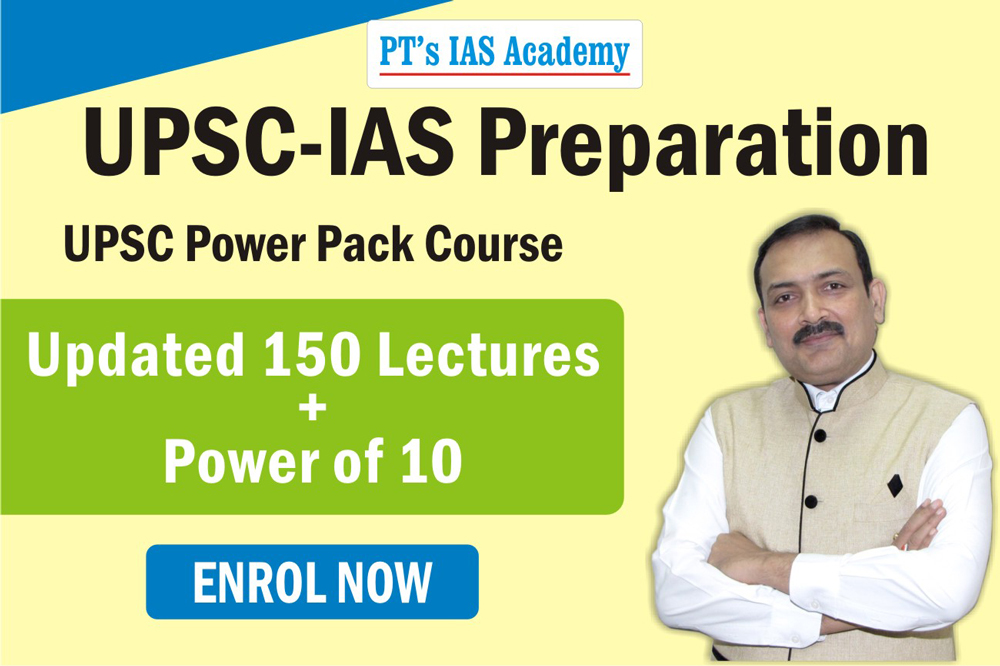Excellent study material for all civil services aspirants - begin learning - Kar ke dikhayenge!
Surgery and Ayurveda
Read more on - Polity | Economy | Schemes | S&T | Environment
- The story: A government notification listed out specific surgical procedures that a postgraduate medical student of Ayurveda must be practically trained to acquaint with, as well as to independently perform. This was strongly criticised by the Indian Medical Association (IMA), a national voluntary organisation of Doctors of Modern Scientific System of Medicine, which looks after the interest of doctors as well as the well being of the community at large.
- Points to note: It is claimed that the Rigveda is the earliest account of ancient Indian civilization which mentions that Ashwini Kumaras known as Dev Vaidya were the chief surgeons of Vedic periods, who had performed rare legendary surgical operations. There are many Granthas and Samhitas dealing with Ayurveda; among them, Charak Samhita, Sushrutaa Samhita, and Ashtanga Sangraha are the three main pillars of Ayurveda. Charak Samhita and Ashtanga Samhita mainly deal with medicine knowledge while Sushrutaa Samhita deals mainly with surgical knowledge. Sushruta is known as the father of surgery, his works are compiled as Sushrutaa Samhita. He described 60 types of upakarma for treatment of wounds, 120 surgical instruments and 300 surgical procedures.
- Details: Sushruta considered surgery the first and foremost branch of medicine and stated that surgery has the superior advantage of producing instantaneous effects by means of surgical instruments and appliances and hence is the highest in value of all the medical tantras.
- Today's debate revolves around allowing postgraduate students in Ayurveda undergoing ‘Shalya’ (general surgery) and ‘Shalakya’ (dealing with eye, ear, nose, throat, head and neck, oro-dentistry) to perform 58 specified surgical procedures.
- Those who support this move say there are two branches of surgery in Ayurveda, Shalya Tantra and Shalakya Tantra. All postgraduate students of Ayurveda have to study these courses, and some go on to specialise in these, and become Ayurveda surgeons. Postgraduate education in Ayurveda is guided by the Indian Medical Central Council (Post Graduate Education) Regulations. The 2016 regulations allow postgraduate students to specialise in Shalya Tantra, Shalakya Tantra, and Prasuti evam Stree Roga (Obstetrics and Gynecology). Students of these three disciplines are granted MS (Master in Surgery in Ayurveda) degrees. The process of education, internship and learning for Ayurveda students is similar to that of Modern Medicine students. As per the Ayurveda practitioners, the latest notification just brings clarity to the skills that an Ayurveda practitioner possesses.
- Those against this move claim that the new notification gives the impression that the skills or training of the Ayurveda doctor in performing modern surgeries are the same as those practising modern medicine which is misleading and an encroachment into the jurisdiction and competencies of modern medicine. Just because Ayurveda institutions prescribe textbooks from modern medicine, or that they carry out surgeries with the help of practitioners of modern medicine, is not reason enough to allow this encroachment. The IMA doctors have asked the Central Council of Indian Medicine (CCIM- functions under the Ministry of Ayush) to explain, with proof, how each of the procedures mentioned in Ayurveda literature is equivalent to the modern surgical procedures.
- Nature of surgery: Surgery involves technical expertise developed through many workshops to standardise training and impart it. The infrastructure of training, research and exchange of knowledge in modern medicine is much better evolved than in Ayurveda. The Government-funded Ayurvedic colleges are not equipped with the necessary infrastructure, skilled manpower and supporting staff to impart quality training.
- According to research earlier this year by Brookings Institute, a US-based policy organization, the country has only 0.55 beds per 1,000 people. The government informed Parliament in 2019, there is only one modern medicine doctor for every 1,445 Indians.
- The World Health Organisation’s norm is one doctor per 1,000 people. The shortage of allopathic doctors, including surgeons is compounded by the concentration of medical colleges in Southern States, as well as the unwillingness of doctors to serve in rural areas despite measures such as compulsory rural internships.
- Initiative to resolve: The AYUSH Health and Wellness Centres (AYUSH HWCs) is a component of the Ayushman Bharat. The government has to take steps to improve healthcare service however it should make sure that safety standards should not be compromised while inducting Ayurveda practitioners to perform surgery. But it should rethink and introduce bridge courses as mentioned in the National Medical Commission (NMC) Bill 2017 which should be aimed to serve an important part of a broader effort to empower and better utilise the capabilities of Ayush practitioners for healthcare delivery. It needs to explore creative ways of addressing this gap by evidence-based approaches, such as task-sharing, supported by efficient and quality referral mechanisms. India should achieve Medical pluralism which is already a reality in several countries like China, Japan, etc. The need of the hour is an adequate investment, for creating a health system that can withstand any kind of public health emergencies, deliver universal health coverage and meet the targets of the Sustainable Development Goals.
* Content sourced from free internet sources (publications, PIB site, international sites, etc.). Take your
own subscriptions. Copyrights acknowledged.
















COMMENTS